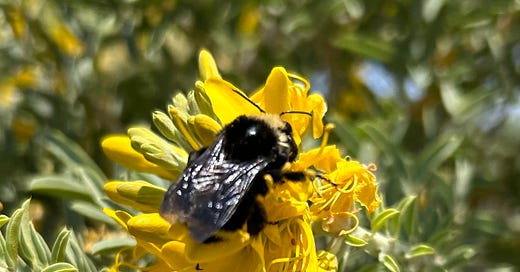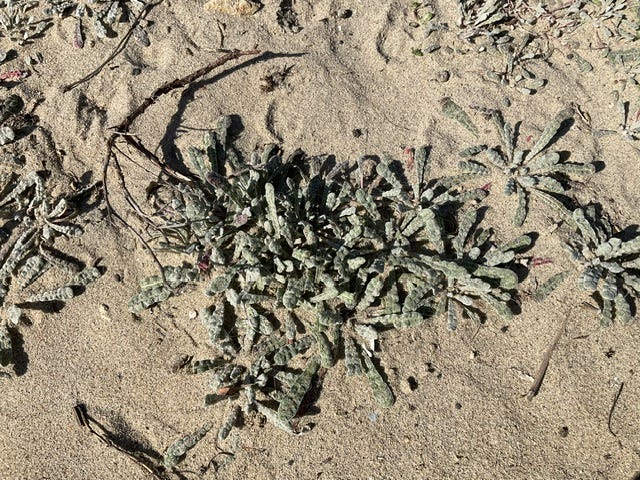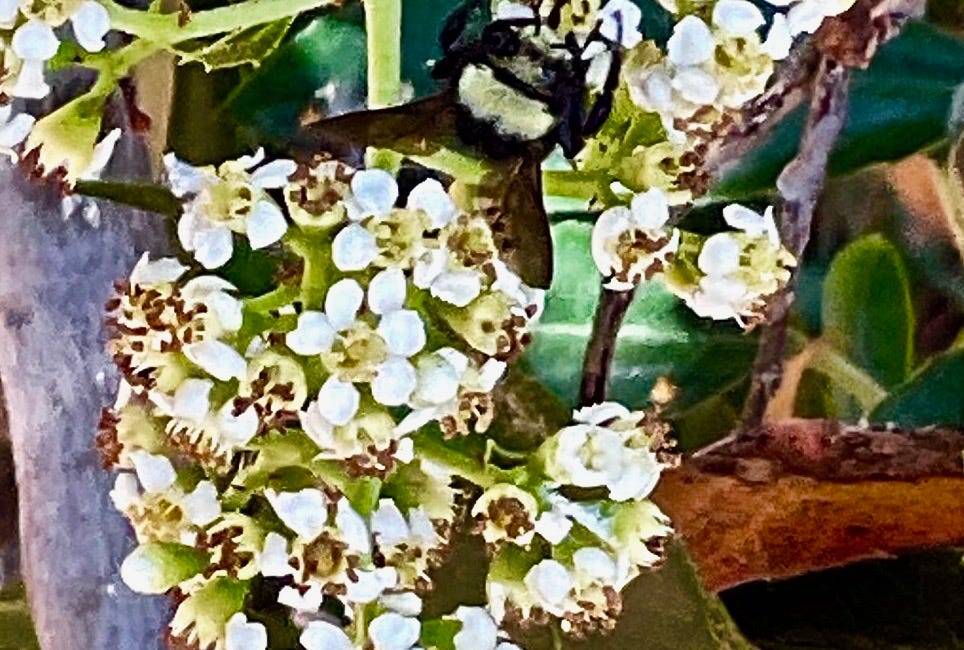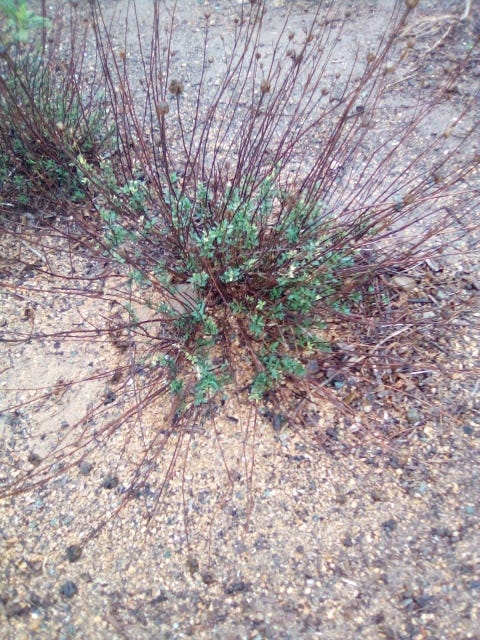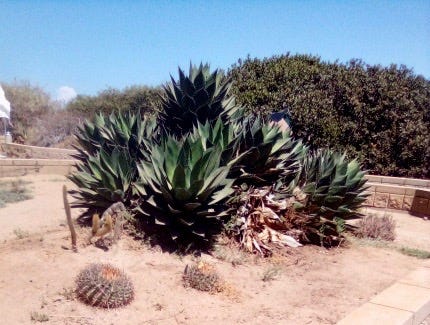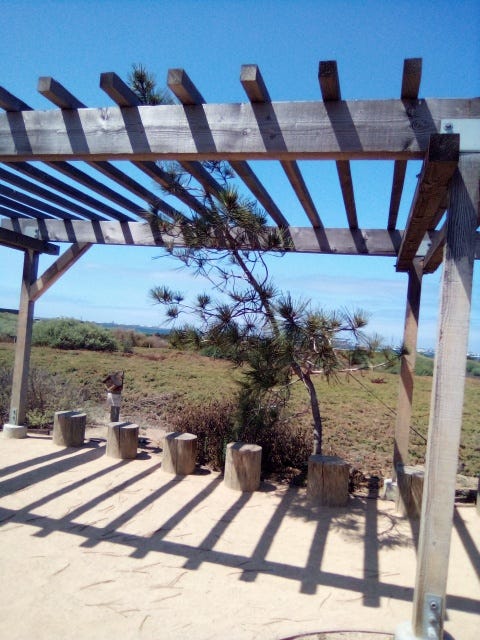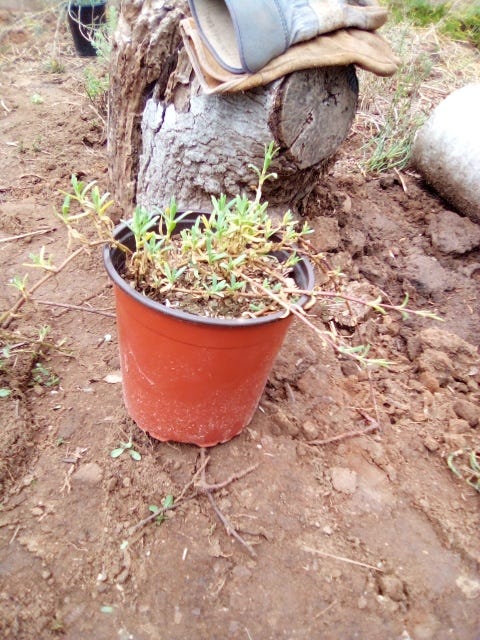Most of the In Touch posts, my series about working with endangered species, have been paywalled, restricted to only those with a full, paid subscription to The Green Dispatch. To celebrate Endangered Species Day I’m releasing a half dozen of these to everyone. Anyone can click on the following dispatches and read the full article free. Enjoy!
In touch: woollyheads
“George, over here, let me show you.” I was pretty excited. George and I had just completed a plant survey of a stretch of land that lies north of the zoo where I work. Our task had been to find out how much nonnative iceplant had invaded the area, which we found plenty of. And while most of the plants we had surveyed that day were native, they were mostly species commonly found along the coast of Southern California: salt grasses, pickleweed, with occasional salty Susan, and seablight. Nice native plants, but nothing to get excited about.
In Touch: Bumblebees!
It zipped right, then left. I looked again, uncertain if I’d actually seen anything. I was in my pollinator garden, checking on the next area that needed weeding, when I saw a curious movement: a large insect darting around the blooms of a recently planted
In touch: Willowy monardella
I thought that the willowy monardella that I’d planted in the pollinator garden four years ago had given up the ghost, that they had dried up and died. In this garden where I work I’ve lost a number of plants over the last five or six years. A lot of times people just walk through the garden and wind up stomping on the plants. Critters eat the plants, too. But I’ve also had a lot of plants just dry up and die, mostly because of the drought that we’ve had for the last several years. For the monardella, the branches from last year have remained dry and brittle. They normally come back in early November, but there had been no sign of greenery anywhere on the plants. I was pretty sure that I’d lost them. But just this last week, starting at the bases of the two plants, buds sprouted and the delicate, small leaves reappeared along the lower reaches of the old stems.
In Touch: Shaw's agave
“Hey, Paul, that Shaw’s agave that we took out a couple weeks ago is starting to bloom.”
In Touch: Torrey pines, the rarest pines in North America
At the zoo/aquarium where I work, we feature a native pollinator garden. Although the landscaping and plants of the garden don’t really differ much from the native landscaping of the rest of our grounds, the garden allows us to spotlight our pollinators and encourage folks to plant their own pollinator gardens.
In Touch: Estuary Seablite
Today, The Green Dispatch starts a new series: In Touch. With these Dispatches I want to explain my work or relationship with a plant or animal that deserves recognition, either because it is rare or endangered or because it is significant, such as being a keystone species.

